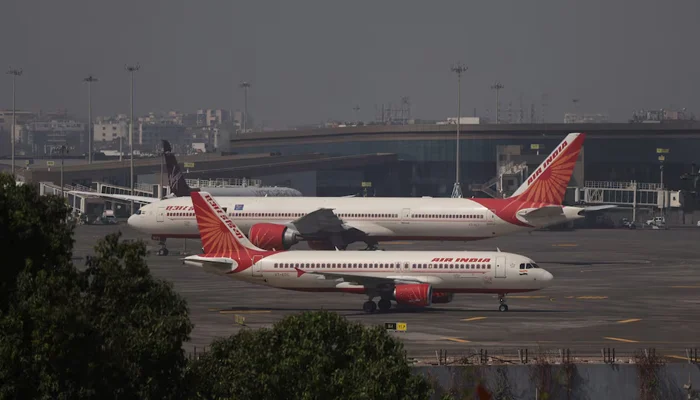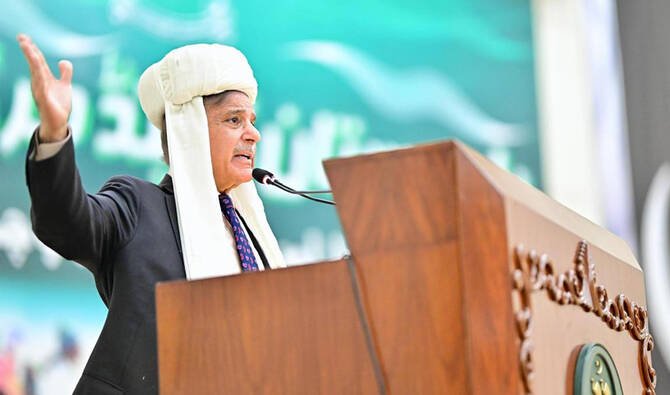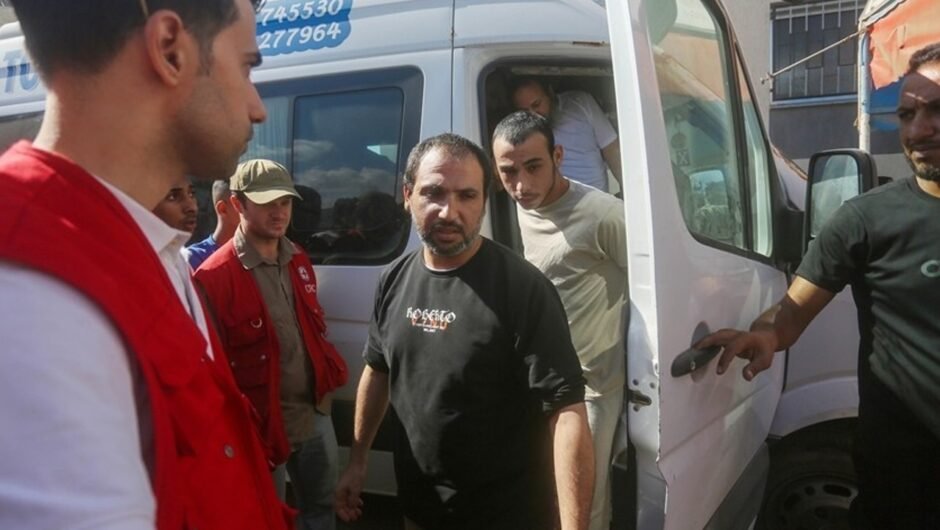Summary of the Incident
On June 16, 2025, Air India Flight AI315, a Boeing 787‑8 Dreamliner flying from Hong Kong to New Delhi, executed an immediate return to Hong Kong International Airport shortly after takeoff. The flight crew reported a suspected technical issue while cruising at approximately 22,000 feet, and the captain requested air traffic control clearance to remain within Hong Kong airspace before returning safely at around 1:15 p.m. local time. All passengers disembarked without incident and were provided with alternative travel arrangements. The aircraft is now undergoing comprehensive inspections as a precautionary measure.
Context Amid Recent Safety Concerns
The flight return occurred just days after the devastating June 12 tragedy in Ahmedabad, where Air India Flight AI171, another Boeing 787‑8, crashed shortly after takeoff en route to London, claiming 270 lives. That crash has triggered intense scrutiny of the Dreamliner fleet. The Hong Kong incident follows a string of mid‑air emergencies involving Dreamliners—including a British Airways 787 diverting to London and a Lufthansa flight returning to Frankfurt. Together, these events have intensified global aviation safety concerns .
Technical and Flight Crew Response
According to air traffic recordings, approximately 15 minutes after takeoff, the pilot informed ATC: “For technical reasons, sir, we would like to stay closer to Hong Kong… we don’t want to continue further.” The aircraft began an unplanned descent and returned under what the Hong Kong Airport Authority described as “local standby” conditions before landing safely .
Airport and Airline Safety Protocols
Following the immediate landing, Hong Kong Airport Authority confirmed that the flight did not disrupt airport operations. Air India issued a statement indicating that the inspection was “a matter of abundant precaution.” Post-crash, the Indian Directorate General of Civil Aviation has mandated enhanced inspections on all Boeing 787‑8 and 787‑9 aircraft, with nine out of 33 planes already checked and the remainder scheduled .
Air India’s Modernization and Safety Commitment
These developments come amid Air India’s ongoing modernization efforts under Tata Group ownership. Following the Ahmedabad crash, the airline’s chairman, N. Chandrasekaran, described the event as “heartbreaking” and called for a safety-first overhaul. He emphasized that this mid‑air incident should reinforce the airline’s commitment to building a more reliable and secure operation .
Implications for Boeing’s Dreamliner Fleet
The recurrence of technical issues within a short period raises urgent questions about the reliability of Boeing’s 787 platform. While Boeing has previously contended with battery-related issues—most notably in 2013—the current incidents are believed to involve different technical aspects such as wing flaps, engine systems, or avionics. Air India and Boeing have not yet issued detailed comments, but Boeing is reportedly cooperating with investigations into both the Ahmedabad crash and the Hong Kong return .
Passenger Experience and Public Reaction
Affected travelers were reported to be calm following the precautionary landing. They were offered rerouted flights and accommodation assistance. However, public confidence has been rattled by the proximity of the return to the earlier fatal crash. Travelers and analysts alike are likely to pay close attention to official explanations and the outcomes of regulatory inspections in coming weeks.
Regulatory and Operational Outlook
Authorities in India, Hong Kong, and other jurisdictions are conducting parallel investigations. The Indian DGCA has required thorough safety audits of the Dreamliner fleet before further flights are permitted. This Hong Kong incident may extend inspection orders and influence regulatory decisions such as temporary groundings or operational restrictions. Boeing, meanwhile, is expected to provide technical support and data analysis to assist with both aircraft-level and system-wide reviews.
Wider Impact on the Aviation Industry
The back‑to‑back incidents involving Dreamliners have wider industry implications. Airlines worldwide are now reassessing the reliability and safety assurance of similar wide‑body aircraft. Investors, regulators, and aviation safety bodies will be monitoring the pace and rigour of inspections, as well as any design or operational changes recommended. Restoring confidence in the Dreamliner will be essential for Boeing and its customers, as well as for airlines like Air India striving to rebuild reputation and reliability following tragedy and technical scares .





